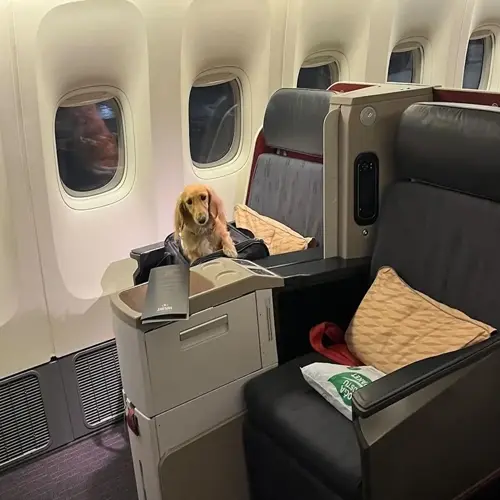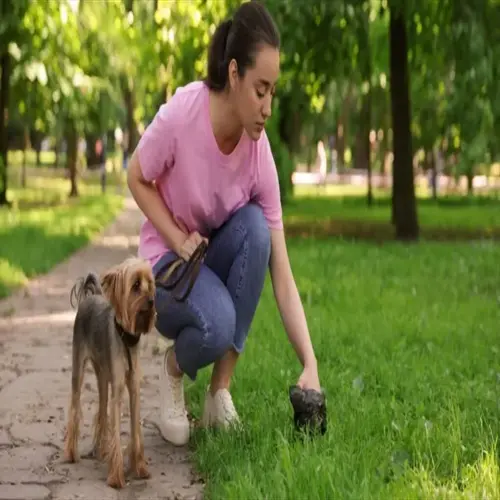What is predation substitute training?

Written by
Hoang Long
Reviewed by
Prof. Edward Clarke, Ph.D.Predatory substitute schooling offers high-energy breeds' innate chasing instincts to safe, structured activities. This latest specialization takes the place of unwanted predatory behavior, such as squirrel chasing and lunging at automobiles. In this way, it utilizes exercises designed to fulfill dogs' needs to neutralize dangerous situations in which in-depth breed knowledge of motivations is essential.
Instinct Redirection
- Channel chasing drives into fetch or flirt pole games
- Replace uncontrolled pursuits with focused retrieval tasks
- Satisfy prey drive safely through structured activities
Breed-Specific Approaches
- Sighthounds: Lure coursing with artificial prey
- Terriers: Earthdog simulations with scent trails
- Herding breeds: Directed fetching patterns
Control Conditioning
- Teach 'off switch' commands during high arousal
- Build impulse control around triggering stimuli
- Reinforce check-ins instead of fixations
Safety Protocols
- Use long lines during initial training phases
- Implement muzzle conditioning for high-risk cases
- Establish clear environmental management rules
My Border Collie client Luna highlighted the success of this training. She is always racing around after bicycles, risking injury to herself and others. We turned her drive into treibball, a herding exercise using balls. Within weeks, she completely ignored bicycles when playing with her new job. The result used her instincts without risk.
To ensure success all predatory motor patterns must be understood. The patterns are as follows: orienting, stalking, chasing, grabbing and dissecting. Substitute training interrupts at the orienting pattern and redirects into an appropriate outlet. High value rewards are given for this redirection to make this more enjoyable than the predatory behavior one has attempted to extinguish.
Equipment unique to training assists with learning. Flirt poles simulate prey movement while remaining safe. Tug toys designed with bite sleeves satisfy grab instincts. Scent boxes provide alternatives for hunting. I present these tools in low distraction environments at first. As dogs understand accomplished actions, I increase to more challenging environments.
Modules on predation management are now part of certification programs. Organizations that serve the training community, such as IAABC, offer advanced and specialized credentials. This training addresses the relinquishment of high-drive dogs wrongly labeled as aggressive. It encourages healthy relationships with dogs, respects their nature, and ensures community safety.
Read the full article: Professional Dog Training: Ultimate Career Guide

